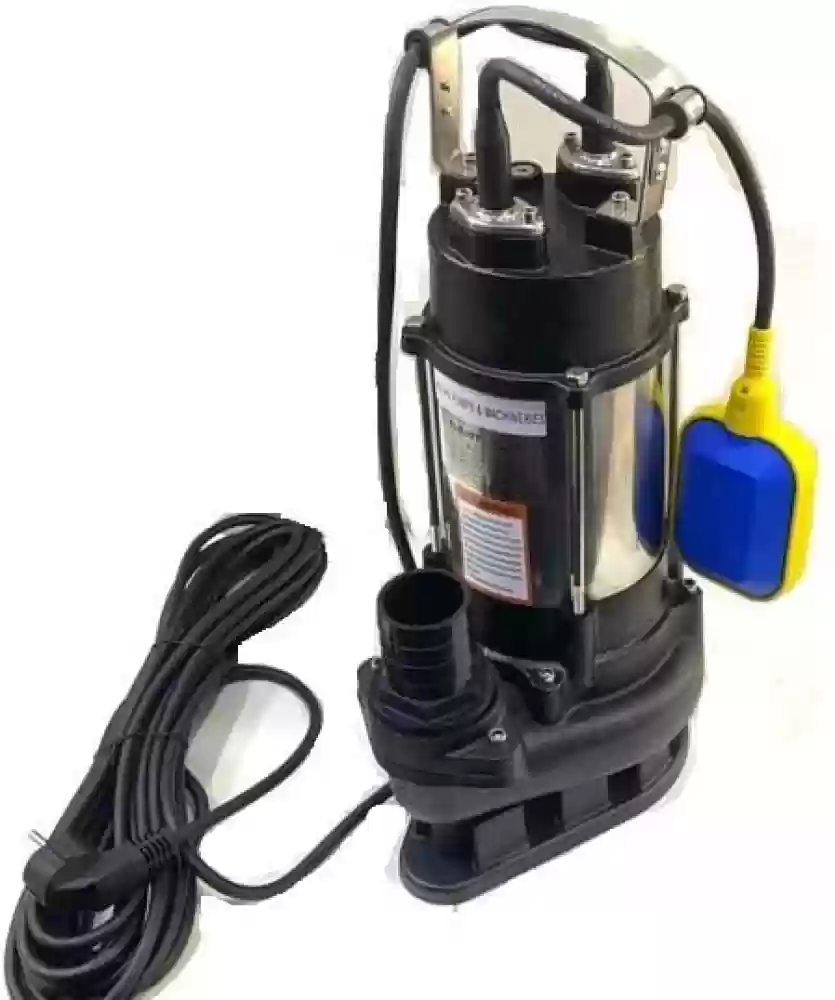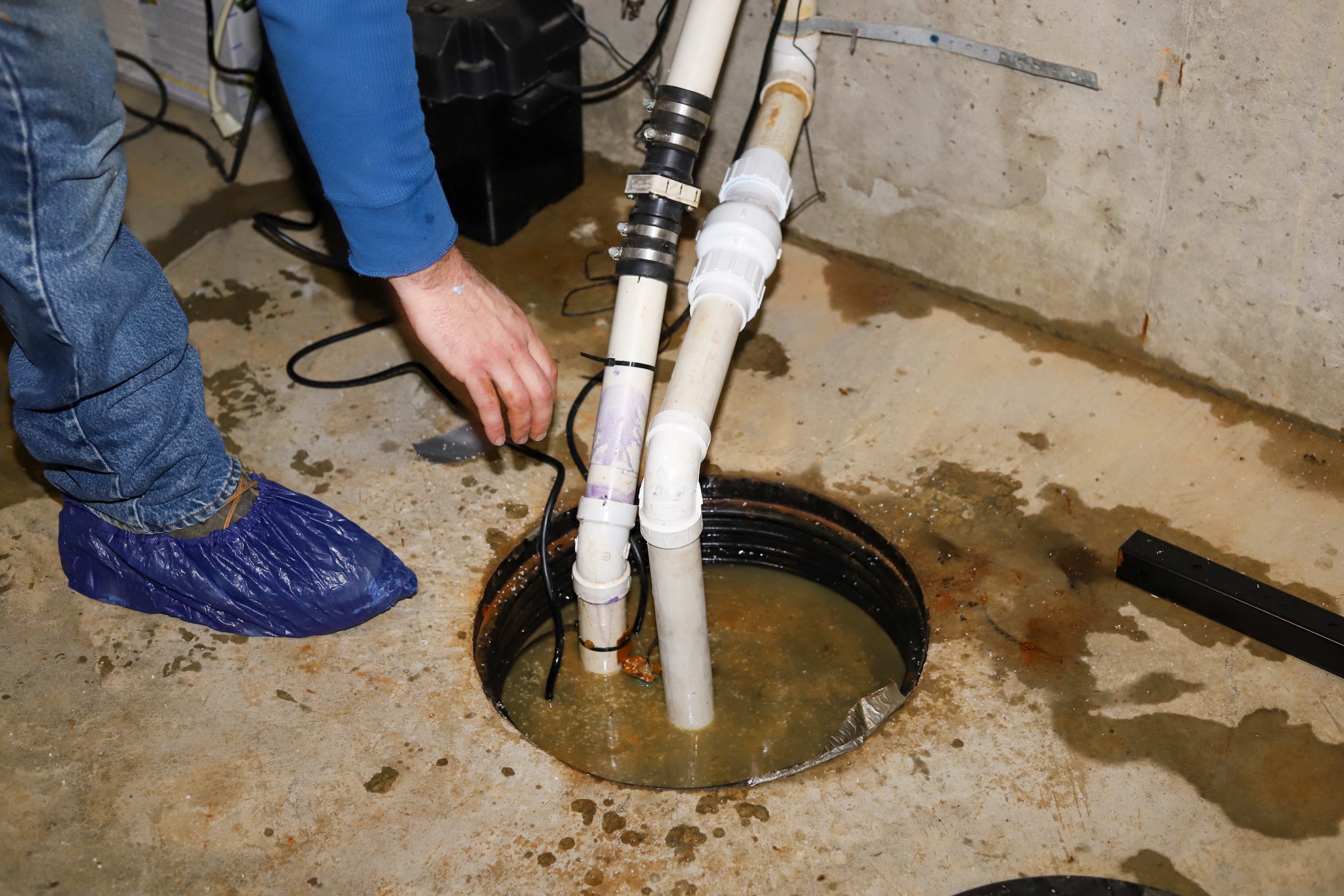This post which follows about How To Effectively Clean A Sump Pump is immensely insightful. You should investigate it.

Sump pumps are essential elements in several homes, specifically in areas prone to flooding or extreme moisture. They help avoid water damage by efficiently eliminating excess water from cellars or crawl spaces. Nevertheless, like any other home appliance, sump pumps require normal maintenance to guarantee they operate successfully when required one of the most. Cleaning your sump pump is an essential part of its maintenance, and understanding just how to do it correctly can conserve you from pricey repairs and prospective calamities.
Intro
Keeping a clean sump pump is crucial for its proper functioning and long life. Ignoring this essential job can result in blockages, breakdowns, and inevitably, water damage to your building. Consequently, learning how to cleanse a sump pump is essential for home owners that depend on these gadgets to maintain their basements completely dry and safeguarded.
Comprehending the Sump Pump
Prior to diving right into the cleansing process, it's necessary to have a basic understanding of how a sump pump functions. Generally installed in a pit or basin below the basement floor, a sump pump includes a number of essential elements, including a pump, a float switch, and a discharge pipe. When water gathers in the pit, the float button triggers the pump, which after that pumps the water out through the discharge pipeline, away from the building's structure.
Indications of a Dirty Sump Pump
Recognizing when your sump pump requires cleansing is vital for stopping prospective breakdowns. Some typical signs that suggest an unclean sump pump include weird sounds throughout operation, reduced water flow, and noticeable debris in the pit. If you observe any of these symptoms, it's essential to cleanse your sump pump promptly to stay clear of any kind of additional concerns.
Planning for Cleansing
Prior to you begin cleansing your sump pump, it's important to take some security precautions. Begin by shutting off the power to the pump to stay clear of any type of electrical crashes. Additionally, wear proper protective equipment, such as gloves and goggles, to secure yourself from dirt, particles, and possible microorganisms.
Step-by-step Overview to Cleaning a Sump Pump
Shutting down the Power
Begin by disconnecting the power supply to the sump pump to avoid any kind of crashes while cleansing.
Getting Rid Of Debris and Dust
Utilize a bucket or a scoop to eliminate any noticeable debris, dust, or sediment from the sump pit. Dispose of the particles properly to avoid it from clogging the pump or the discharge pipe.
Cleansing the Pump and Float Change
When the pit is clear of debris, carefully remove the pump from the pit. Examine the pump and the float switch for any type of indications of damages or wear. Use a soft brush or cloth to clean the surfaces and eliminate any accumulated gunk.
Flushing the System
After cleansing the pump and float switch, flush the sump pit with tidy water to get rid of any kind of remaining dirt or sediment. This will certainly assist guarantee that the pump operates smoothly and efficiently.
Looking For Correct Functioning
Before re-installing the pump, do a fast test to guarantee that the float button triggers the pump correctly. Pour some water right into the sump pit and observe the pump's operation. If every little thing is operating appropriately, you can rebuild the pump and reconnect the power supply.
Upkeep Tips to Maintain Your Sump Pump Clean
Along with regular cleaning, there are a number of maintenance ideas you can follow to maintain your sump pump in ideal condition:
- Normal Evaluation: Inspect your sump pump frequently for any indicators of wear, damage, or obstructions.
- Maintaining the Surrounding Area Clean: Ensure that the area around the sump pit is free of debris, dirt, and obstructions.
- Testing the Pump Periodically: Test your sump pump periodically by pouring water right into the pit and observing its operation. This will certainly aid you determine any kind of possible issues before they escalate.
Conclusion
Cleaning your sump pump is a vital aspect of its upkeep and guarantees that it runs properly when you need it one of the most. By adhering to the steps detailed in this guide and incorporating regular maintenance right into your regimen, you can prolong the life expectancy of your sump pump and secure your home from water damages.
6 STEPS ON HOW TO CLEAN A SUMP PUMP PROPERLY
UNDERSTANDING SUMP PUMPS
Your sump pump plays a crucial role in protecting your home by managing and removing excess water. It primarily functions as a “shield”, guarding your basement against the damaging effects of water accumulation. The pump is housed in a sump pit in the lowest part of your basement, and its job is to pump out any water that collects there.
During heavy rainfalls or when snow melts rapidly, water can infiltrate your basement, posing potential risks like flooding, structural damage, and harmful mold growth. Here, the sump pump springs into action, pumping out the intruding water and directing it away from your home.
SAFETY FIRST
Before cleaning, remember to prioritize safety. Disconnect the sump pump from the power source to prevent any accidental electric shocks. Also, wear sturdy gloves to protect your hands from any sharp or dirty components within the pump.
REMOVE THE SUMP PUMP
After ensuring your safety, the next step is to remove the sump pump from its pit. Doing this might require careful maneuvering as you don’t want to damage any pump components. Once removed, clean the sump pit to remove any accumulated debris or sludge.
INSPECT THE PUMP
Inspect the pump for any visible signs of wear or damage. Check the power cord, float switch, and impeller housing. If any components look worn out or damaged, consider replacing them to ensure optimal performance.
CLEAN THE PUMP
Thoroughly clean the pump with warm, soapy water. Make sure to rid it of any dirt, gravel, or other debris that might impede its performance. You can use a toothbrush to clean the small, hard-to-reach parts of the pump.
REINSTALL THE SUMP PUMP
- Reinstall the pump into the sump pit
- Make sure it’s positioned correctly to remove the water effectively
- Once it’s back in place, reconnect it to the power source
TEST THE PUMP
Finally, pour some water into the pit to ensure the pump works correctly. It should start automatically and begin pumping out the water; if it doesn’t, check the power source and the positioning of the pump.
Remember, while cleaning your sump pump is an essential part of home maintenance, hiring a professional plumber for a thorough inspection and cleaning at least once a year is also important. This will ensure that your pump is in optimal condition, ready to protect your home from potential water damage.
BEST PRACTICES FOR CLEANING SUMP PUMP DISCHARGE PIPES
- Regular Inspection: Regularly inspect your discharge pipes, especially during heavy rainfall or snowmelt periods. Look for any signs of blockage or damage. Early detection of problems can prevent serious issues down the line.
- Periodic Cleaning: Over time, sediment and debris can accumulate in the discharge pipes, impeding the flow of water. Regular cleaning helps keep the pipes clear and functioning efficiently. You can use a high-pressure water jet to effectively clean the pipes.
- Insulation During Winter: In colder climates, discharge pipes can freeze, blocking the outflow of water. Protect your discharge pipes from freezing temperatures by insulating them with foam pipe insulation. This will ensure the sump pump can continue to discharge water even in freezing conditions.
- Proper Positioning: The discharge pipe should be positioned to direct water away from your home’s foundation. Improper positioning can lead to water seeping back into the basement. Ensure the pipe is long enough and angled correctly.
- Installation of a Check Valve: A check valve prevents water from flowing back into your sump pit after the pump has pushed it out. Installing a check valve helps maintain the efficiency of your sump pump and reduces the risk of flooding.
- Minimize Pipe Turns: Every curve or turn in the discharge pipe can decrease the efficiency of water flow. By minimizing turns and bends in your discharge pipe, you can increase the efficiency of your sump pump.
https://www.fullspeedplumbing.com/how-to-clean-a-sump-pump-properly9999/

Do you like more info about How to Care for Your Sump Pump? Give a comment down the page. We'd be pleased to see your feelings about this entry. We are looking forward that you visit us again in the near future. Enjoyed reading our review? Please share it. Let somebody else check it out. Thanks for taking the time to read it.
Hire A Pro
Comments on “Step-by-Step Instructions for Servicing a Sump Pump”